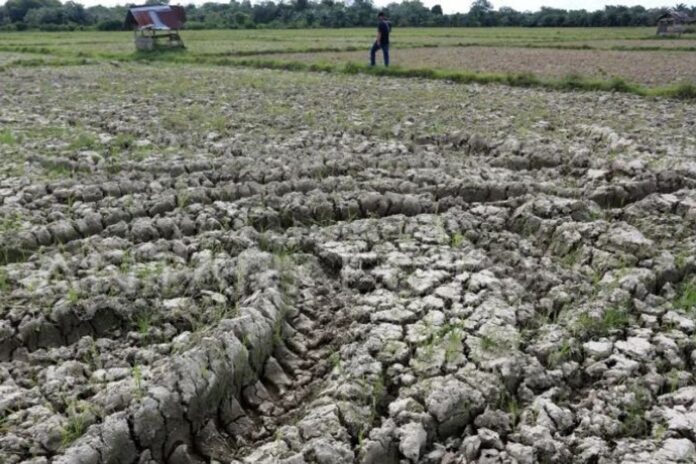
The recent occurrence of extreme weather conditions in Indonesia has been attributed to the influence of the El Nino climate phenomenon. However, it appears that the impact of this phenomenon has not yet manifested significantly.
According to Dwikorita Karnawati, the Head of the Meteorology, Climatology, and Geophysics Agency (BMKG), the El Nino period is still in its early stages, with only one month of observation in June 2023.
Consequently, it is too early to assess the significant effects of El Nino. Dwikorita emphasized that the atmosphere has not yet responded to the sea surface temperature anomalies in the Pacific Ocean, which is a crucial factor in determining the impact of El Nino.
The NINO 3.4 Index, which is commonly used to define El Nino and La Nina events, currently indicates a value of +0.94, suggesting a weak El Nino. While El Nino is known to reduce rainfall in Indonesia, the ongoing precipitation in several regions, albeit limited, contradicts the anticipated effects.
Moreover, Dwikorita highlighted the Southern Oscillation Index (SOI), which measures the movement of air masses from the Pacific Ocean to Indonesia. The current SOI value of -1 falls within the neutral category (-8 to 8), indicating that the warming sea surface temperatures in the central and eastern tropical Pacific Ocean have not yet influenced the airflow towards Indonesia, hence the absence of a significant decrease in rainfall.
Despite these observations, Dwikorita noted that approximately 60 percent of Indonesia’s seasonal zones have already entered the dry season, including regions such as Aceh, North Sumatra, DKI Jakarta, and Papua. This highlights the complexity of weather patterns and the variation in climatic conditions across different areas of the country.
In light of the ongoing challenges posed by the El Nino phenomenon, it is crucial to continue monitoring and studying its development to gain a comprehensive understanding of its potential impacts.
The BMKG and other relevant agencies will closely observe future climate patterns and assess the effectiveness of current forecasting models. This will enable them to provide accurate information and timely warnings to the public, ensuring the necessary precautions are taken to mitigate any adverse effects of extreme weather events.
While the situation calls for vigilance, it is essential to avoid unnecessary alarmism and baseless conclusions. The data and analysis provided by the BMKG serve as a valuable reference in comprehending the current state of the phenomenon and its potential implications for Indonesia’s weather patterns.






















